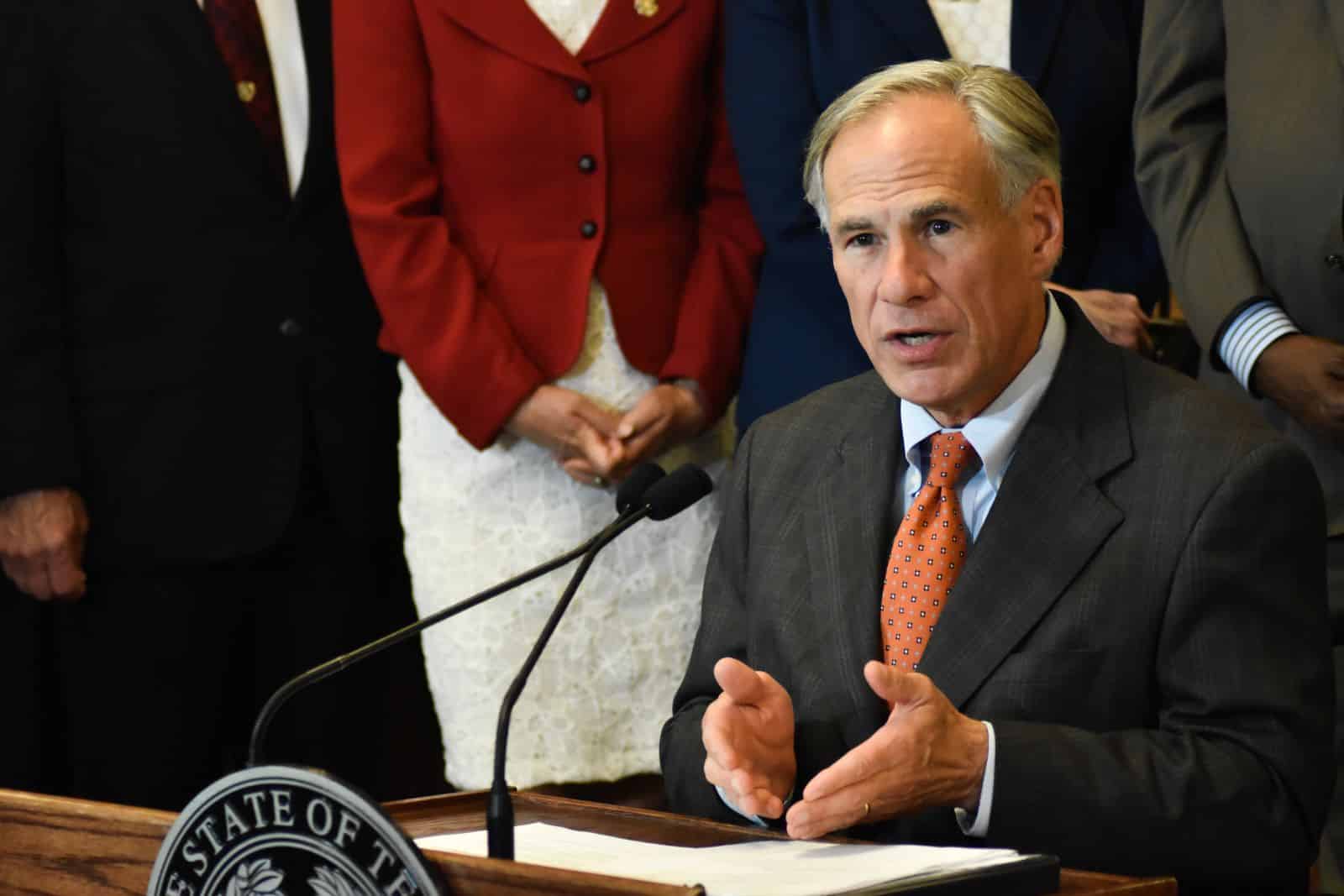Money problems have hit the state of Texas – and they might be impacting your kids’ education. That’s the latest news, as school districts across the state have begun announcing that budgets will need to be cut drastically to see out the year. Many schools began the school year in a deficit, and now they’re ending it in one.
Governor Abbott Under Fire

Texas Governor Greg Abbott has been blamed for the cuts, as schools are being forced to make cuts due to a lack of state funding – a figure that hasn’t increased in five years.
Unmet Expectations

Originally, schools were optimistic. The state started the school year with a huge budget surplus, with teachers expecting that a small part of the funding would go toward increasing per-pupil spending for public education.
Texas School Budgets

Factor in inflationary pressures, and Texas schools were expecting an increase in per-pupil spending of around 15-20%
Texas Schools Left Disappointed

However, that 15-20% never materialized. The state didn’t increase the budget, and now schools are struggling to operate on a shoestring – worsened due to inflation, with rates increasing just under 20% between September 2019 and August 2023. This, as well as COVID federal relief running out in September, is bringing with it a host of issues.
Per-Pupil Spending Crisis

According to data collected by Raise Your Hand Texas – a non-profit that supports investment in public schools – Texas ranks in the bottom ten states for per-pupil spending.
Funding Stagnation

They’re currently $4000 behind the national average, which can be attributed to the fact that the state hasn’t raised per-pupil spending since 2019.
Texas Trails National Average

Currently, the basic per-pupil spending allotment is at $6,160, although taxpayer money is at the top, which equates to just under $10,000.
To put that into perspective, New York, the District of Columbia, and New Jersey spend the most per pupil—over $20,000 in each state.
Budget Board Findings

The Texas Legislative Budget Board found that per-student spending in Texas has decreased by almost $600 when the figure factors in inflation.
School Safety vs. Costs

While lawmakers increased school safety funding, they made it a requirement that districts have at least one armed officer in every school but only allocated $15,000 per campus – a far cry from the actual costs.
How Funds Are Allocated

Public school funds are distributed based on the number of pupils, attendance levels, district size, guaranteed yield, and school district tax rates.
School Voucher Debate

As schools face increasing pressure, Abbott has initiated the introduction of school vouchers. These vouchers would allocate state funds to parents to cover private schooling expenses.
However, this move has encountered significant opposition from teachers and Democratic lawmakers.
Austin ISD’s Deficit

Currently, the Austin Independent School District is operating on a $60 million budget deficit and has to make major cuts while limiting the impact on pupils.
They plan on cutting at least half of the deficit in their 2024-2025 budget, but even after this monumental effort, they’ll still be working in a huge deficit.
Major Budget Struggles in a Large District

The cuts will come from reducing overtime, eliminating 42 positions from the district’s central office (only 12 are currently staffed), and slashing contract spending for outside vendors.
Round Rock ISD’s Shortfall

Round Rock Independent School District is also running a deficit. They’re looking at a $22 million shortfall – although they have managed to cut this figure from over $30 million just one month ago.
Managing a $22 Million Gap

Round Rock has promised that staff won’t be laid off due to budgetary issues and that while people may get reassigned, their salaries will remain the same – at least between this year and next.
Cypress-Fairbanks ISD’s Challenge

Another Independent School District feeling the pressure is Cypress-Fairbanks, which has an almost $140 million budget shortfall.
Coping with a $140 Million Deficit

The district is aiming to increase attendance – which is worth around $3 million for every 1% increase – and cut numerous positions.
Bus transportation will be cut for some students, as well as 200 support staff roles and over 250 classroom teaching positions.
Community Backlash

In response to these budgetary pressures, Bryan Henry, president of the non-profit Cypress Families for Public School, took to social media to critique Abbott’s handling of the education sector.
He wrote, “Every single cut being considered was preventable. The state of Texas, led by Republicans for over 20 years, is failing its school children by choice. We are not in a recession. There has been no loss in tax revenue. There is a historic surplus. There is plenty of money.”
Budgetary Priorities

He added, “The Republican Governor and Republican State Senate chose to defund public schools because they didn’t get their voucher bill passed in the State House.”
The post Texas Schools in Financial Trouble, Students Pay the Price first appeared on Wealthy Living.
Featured Image Credit: Shutterstock / Monkey Business Images.
The content of this article is for informational purposes only and does not constitute or replace professional financial advice.





